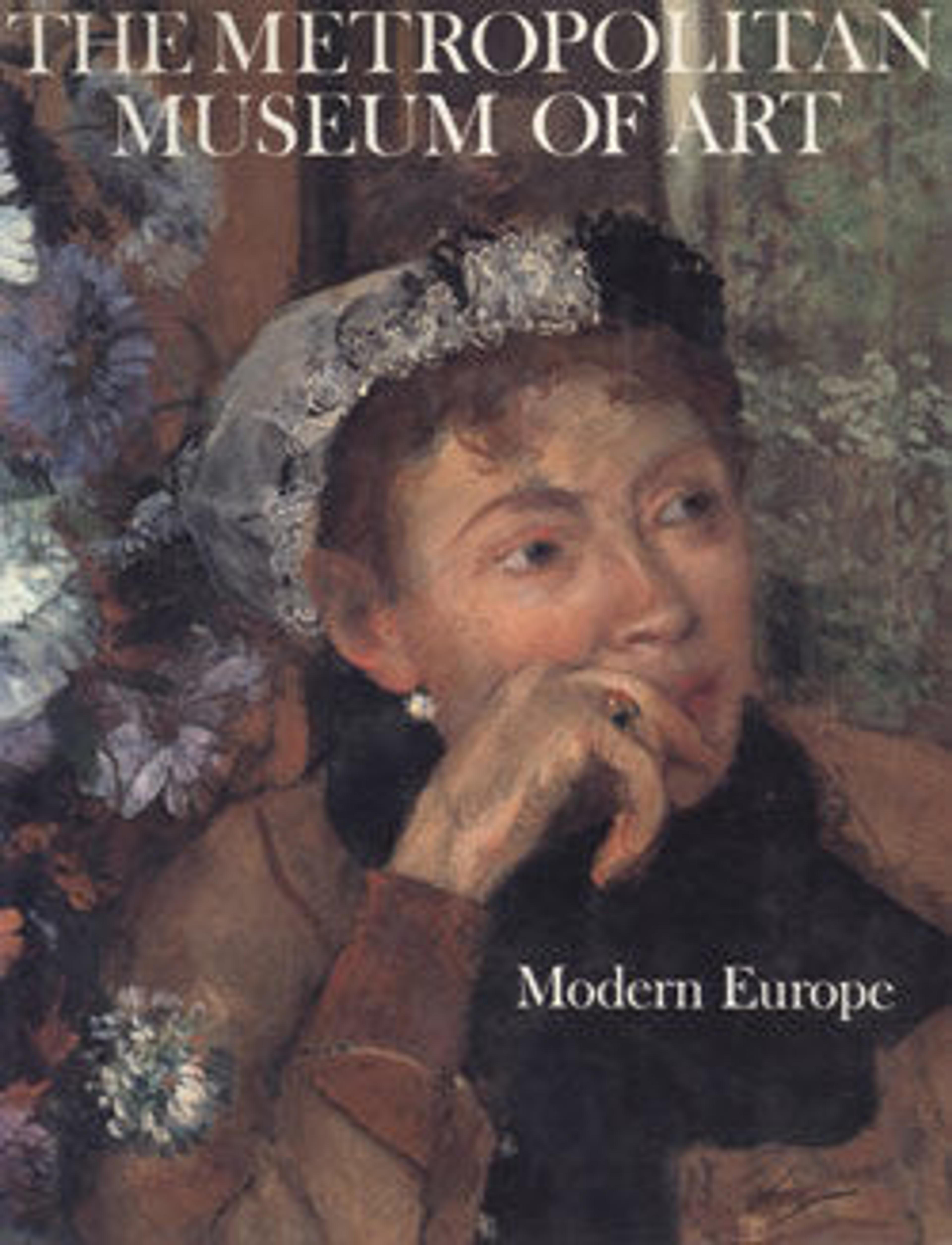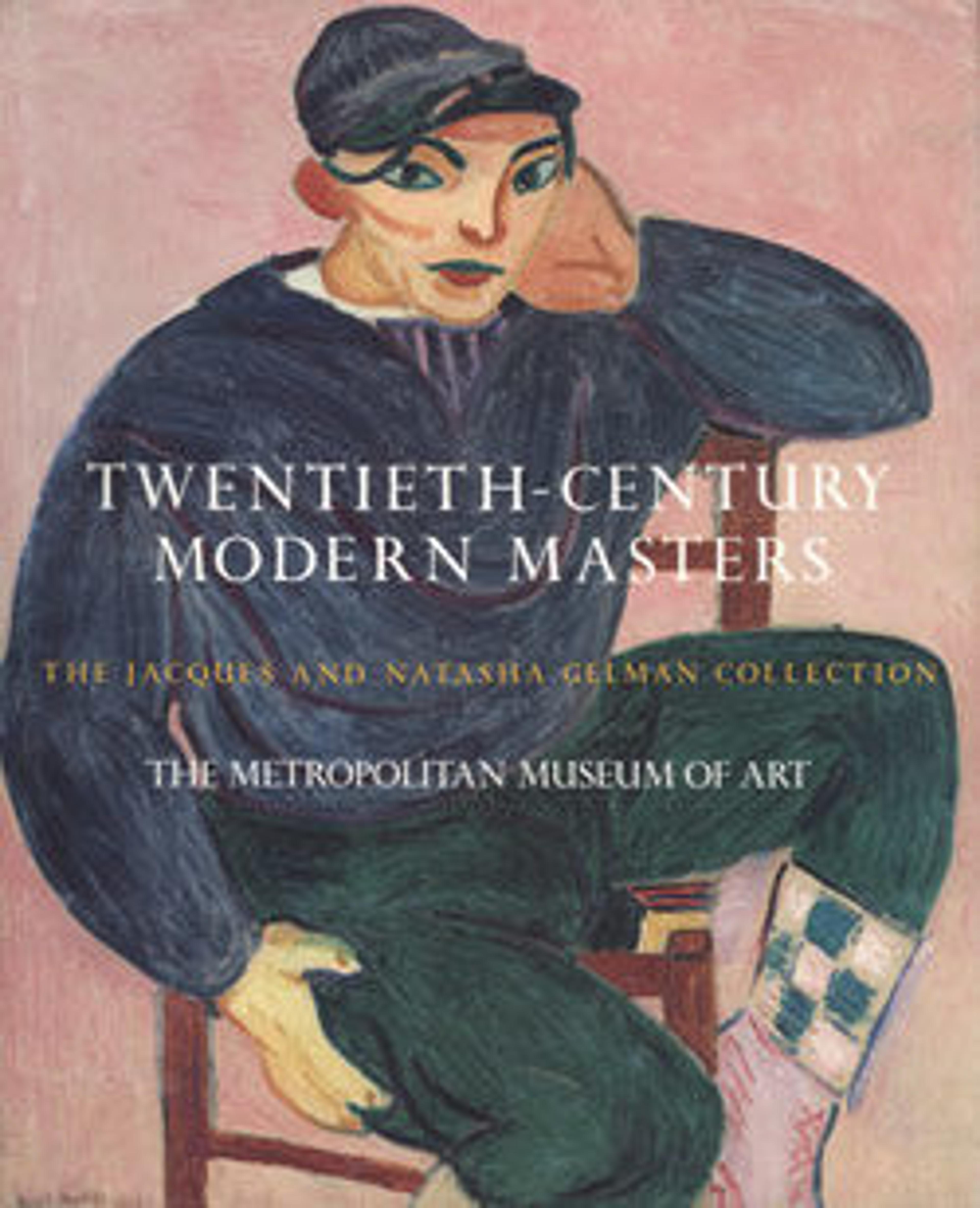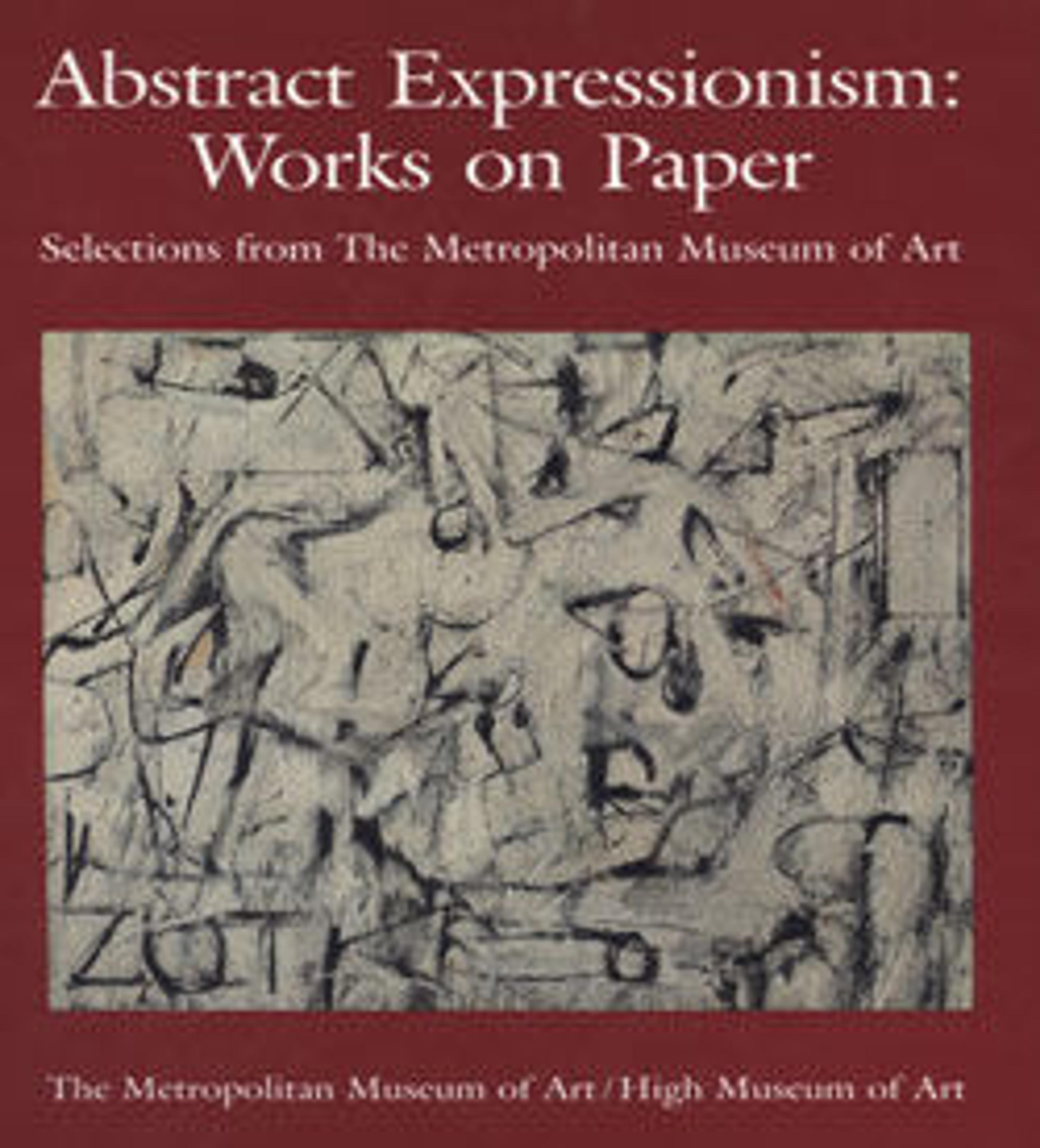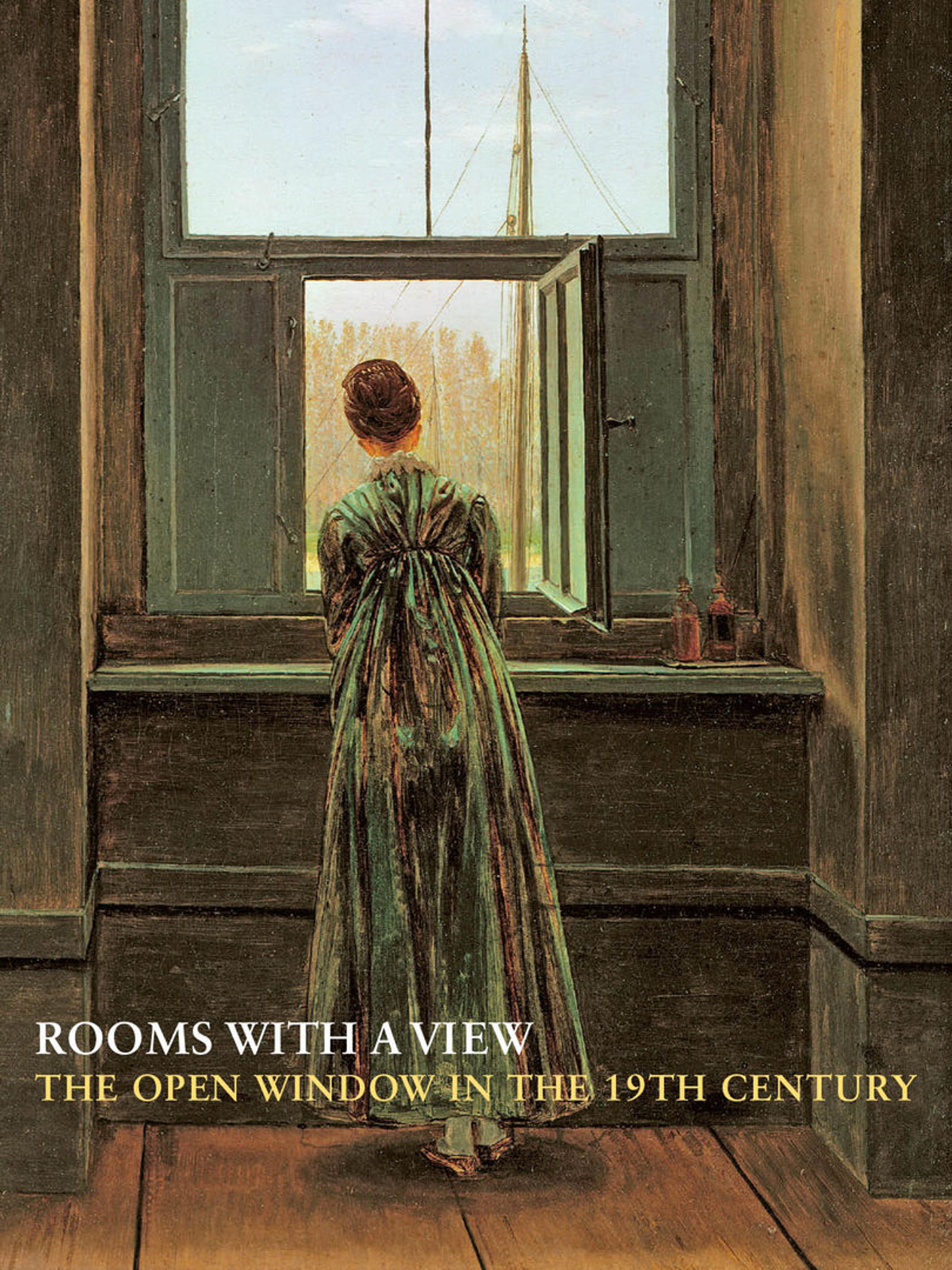
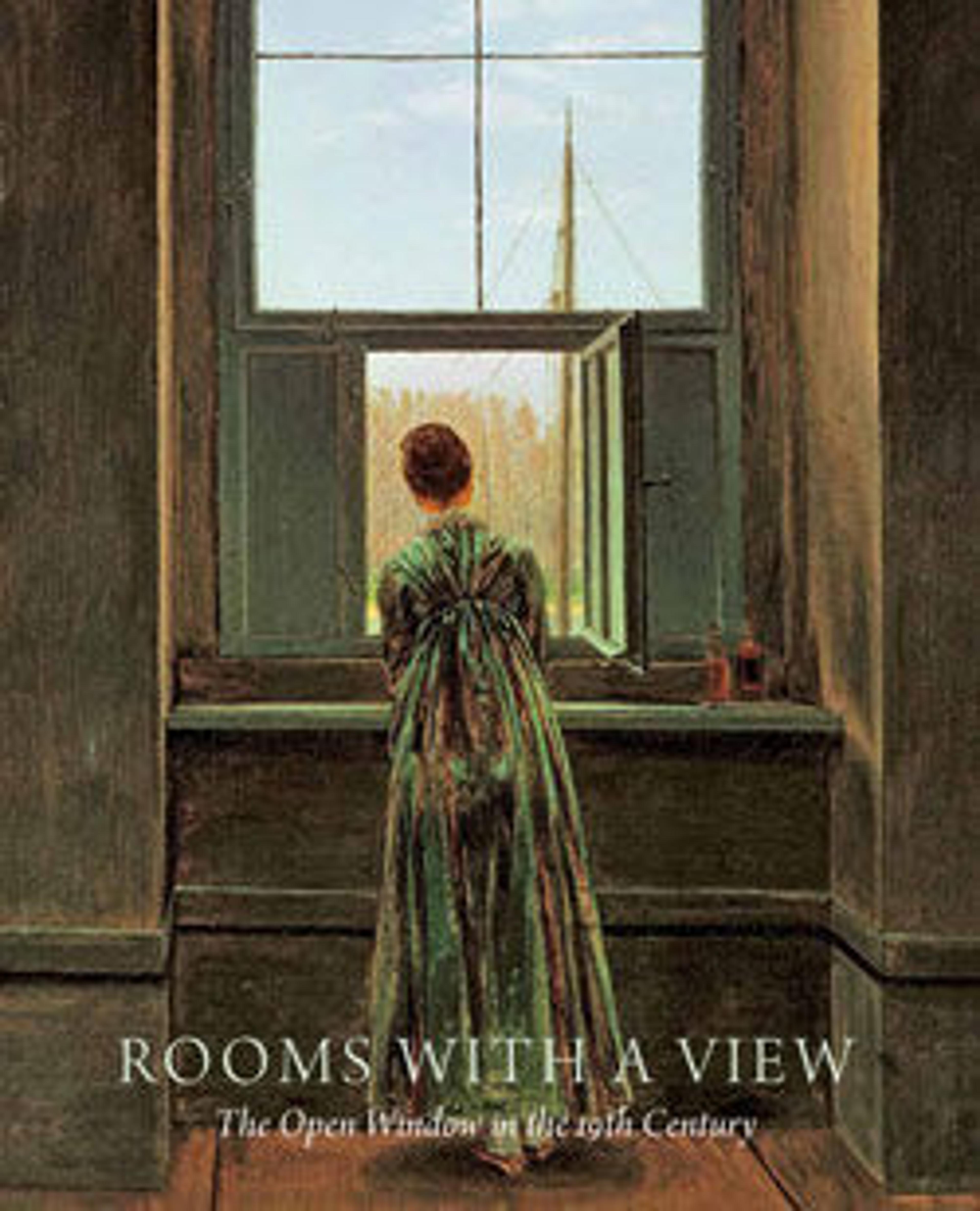
Rooms with a View: The Open Window in the Nineteenth Century
"Everything at a distance turns into poetry: distant mountains, distant people, distant events: all becomes Romantic." With these words, the German poet Novalis anticipated the appeal of one of the richest motifs in the visual arts: the open window. Beginning with two sepia drawings by Caspar David Friedrich, images of windows—with or without human figures, starkly bare or draped with billowing fabric—filled up artists' sketchbooks and portfolios and resonated through the art academies and annual exhibitions of Germany, Denmark, France, Russia, and the other northern countries.
In contrast to examples from earlier centuries, such as the celebrated works of the Dutch painter Johannes Vermeer, the early nineteenth-century pictures usually show the windows straight on, with views seen through them—pastoral and alpine views, views of sea and sky or moon and clouds, and urban views of rooftops, steeples, shipyards, or the skyline of Rome, where so many northern artists went to complete their studies, Sabine Rewald's informative and perceptive texts set these works in the context of their creators' lives and careers, apartments and studios, families and professional circles. Following the motif from Friedrich's sepias in the early 1800s through the flowering of Romanticism to the mid-century emergence of Realism in the works of Adolph Menzel, Rewald provides a much-needed perspective on this important period in Europe even as the works themselves, gathered together here for the first time, offer pure visual pleasure.
Met Art in Publication
You May Also Like
Press the down key to skip to the last item.
Citation
Rewald, Sabine. 2011. Rooms with a View: The Open Window in the 19th Century [Exhibition, New York, the Metropolitan Museum of Art, April 5 - July 4, 2011]. New York New Haven: the Metropolitan museum of art Yale university press.
